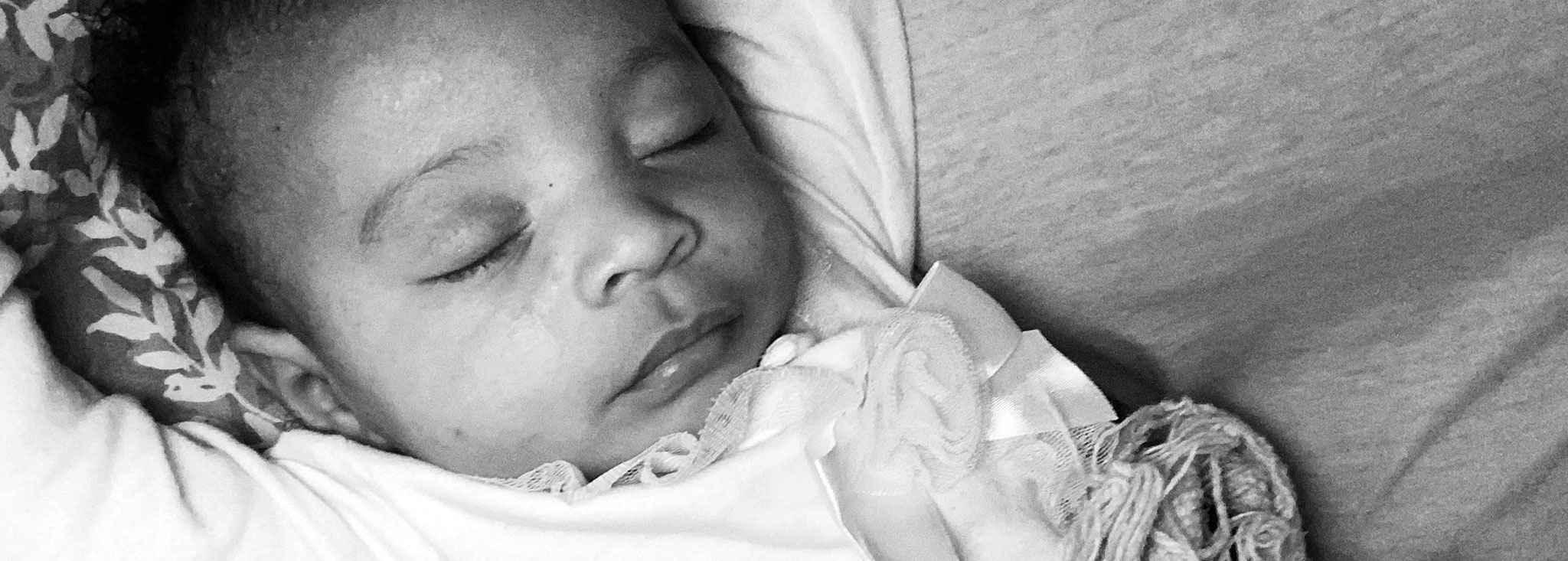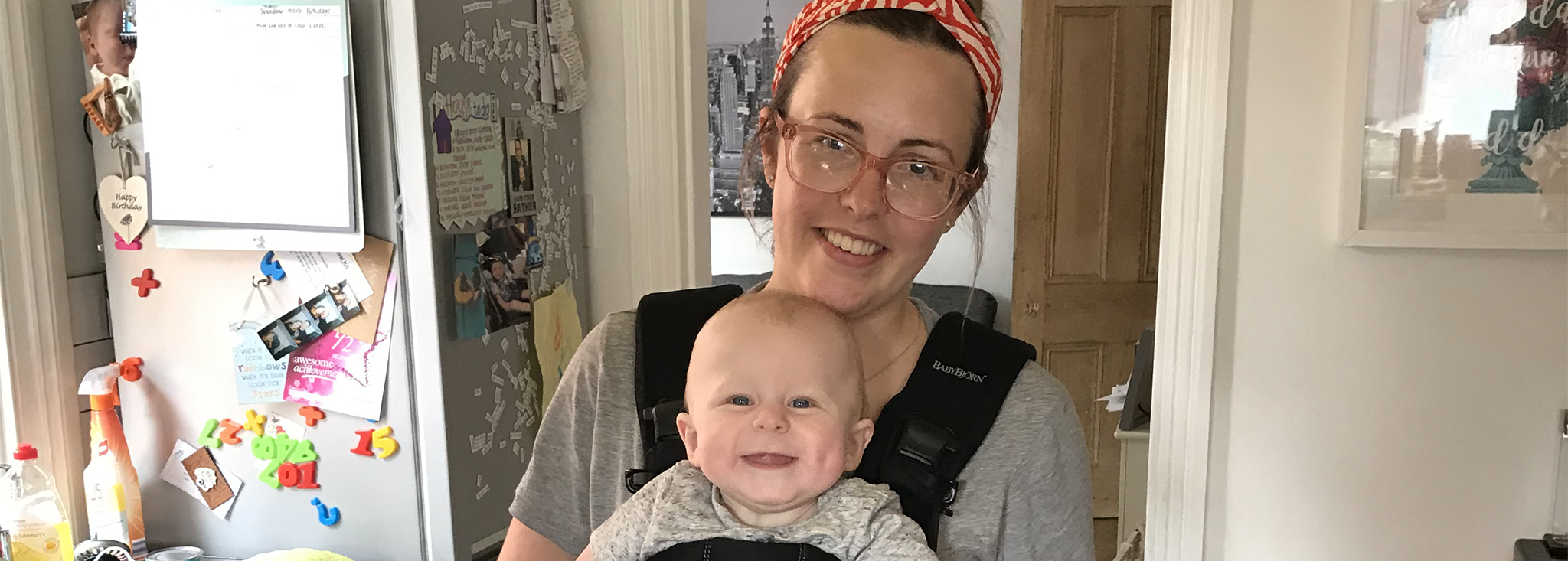Breastfeeding Twins as a Mom with Type 1 Diabetes
Written by: Michelle S
3 minute read
February 25, 2016
There are no limits to what people in the type 1 diabetes community can accomplish, and Beyond Type 1 celebrates that every day.
Becoming a parent has been a humbling experience and it has come with some achievements of it’s own. They are the ones that mean the most. If I had to choose one time I was truly living beyond the limits of type 1, it would be the period of time, over four years ago, when I was breastfeeding my twin babies. At the time, their “big sisters” were 2 and 4 years old.
I was diagnosed with type 1 diabetes (T1D) at age 24, and about five years later, I married my husband Ben. We wanted to start a family and initially considered adoption. I had survived five years of an autoimmune roller coaster, and we didn’t want to trigger any new health issues. But I followed my heart and decided to try to conceive. I was fortunate enough to get pregnant right away. Type 1 pregnancy was a lot of work but also brought great joy with first one daughter and then another two years later. I was really pleased that breastfeeding went well for both too. I am not against formula feeding, but due to dairy intolerances from both my husband and I, as well as my autoimmune issues, breastfeeding was important to me.

When Ben and I decided to have a third child, we got more than we bargained for. We went for an ultrasound at 12 weeks and found out we were carrying twins. The thought of breastfeeding twins was intimidating when I remembered how much work it was to feed one baby at a time! I am a twin myself and my mom had been very open about how exhausting the early years were. I knew many things about having twins would be difficult, but I had a goal—I wanted to breastfeed exclusively for six months. My first two babies each had one boost of formula due to low blood sugar when they were born and I hoped to even avoid that with my twins.
I heard about the possibility of expressing colostrum (the first stage of breastmilk) before labor and delivery. This can only be done late in pregnancy so as to not trigger labor too soon. A friend who is a lactation consultant provided valuable information on how to do so (and if you are interested, of course consult your medical team). In what I expected to be my last week of pregnancy, I started expressing a little each night and then used a syringe to store it. I added each syringe to a sealed bag in the freezer. Before heading to the hospital in labor, I grabbed the bag and let it start defrosting.
I was fortunate to deliver two healthy babies. William arrived head first and then Samantha, in breech position! When the nurses checked the babies’ blood sugars they recommended formula. My sister, who was there for the birth, along with my husband and doula, brought out the syringes of sweet colostrum to give the babies a natural sugar boost! We were happy that my plan worked and their blood sugars stabilized throughout that first night.

Breastfeeding twins was easily the most exhausting task of my life. In the beginning the babies had to feed one at a time, and because they were tiny and fragile, I had to hold the baby to the breast. As they got stronger, they were able to “tandem nurse.” We used pillows and my husband would help them get into position so each was at a breast nursing. I was lucky to have a good milk supply. I encouraged it by pumping and feeding on demand but also felt blessed that despite the challenges I had faced with diabetes, my body was coming through to provide for my babies. I could not have done it without a supportive and committed husband. I needed help with the night feeds, and in the early months, we only slept a fragmented four hours of each night. When we got longer than an hour’s sleep at a time, it was a sign of “progress.” It got better with time and with the introduction of solid foods at six months.
In the end, William weaned himself first, after a few months of feeding strikes and resistance. The twins had become adept at swatting and pinching each other while tandem feeding, so I no longer nursed them together. Soon after Will gave up breastfeeding, Samantha followed suit. They were almost 18 months at this point and although I grieved a bit, I knew we had a good run. My breastfeeding days were over.
My superhero cape might not be visible to my kids, but my husband and I will never forget what we accomplished over the course of each day and in the dark hours of night, between bits of sleep and blood sugar checks, sometimes with empty juice boxes accumulating at the bedside. I hope that other T1 moms reading this feel encouraged to know that despite the challenges at the time, the memories of those days now provide a sense of pride and happiness.
Additional Resources:
- Balancing Pregnancy with Pre-existing Diabetes: Healthy Mom, Healthy Baby by Cheryl Alkin
- “Expressing Milk Before Birth: A Tool for Use in Special Circumstances” by Deanna M. Soper, PhD

Author
Michelle S
Michelle has lived with type 1 diabetes (T1D) since the age of 24, when she was in graduate school studying to become a psychologist. She is married with four young children and has a private practice in clinical psychology in Ottawa, Canada, specializing in supporting people with diabetes. Michelle believes psychology is often the missing piece in diabetes care and speaks about the psychosocial challenges to audiences across Canada.
Related Resources

“My first bleed was almost 12 years ago—the day my first baby was born,” explains...
Read more

Editor's Note: While often deeply misunderstood, people living with type 1 diabetes can absolutely have...
Read more

A lot to go over There aren't enough words in the world to cover everything...
Read more

